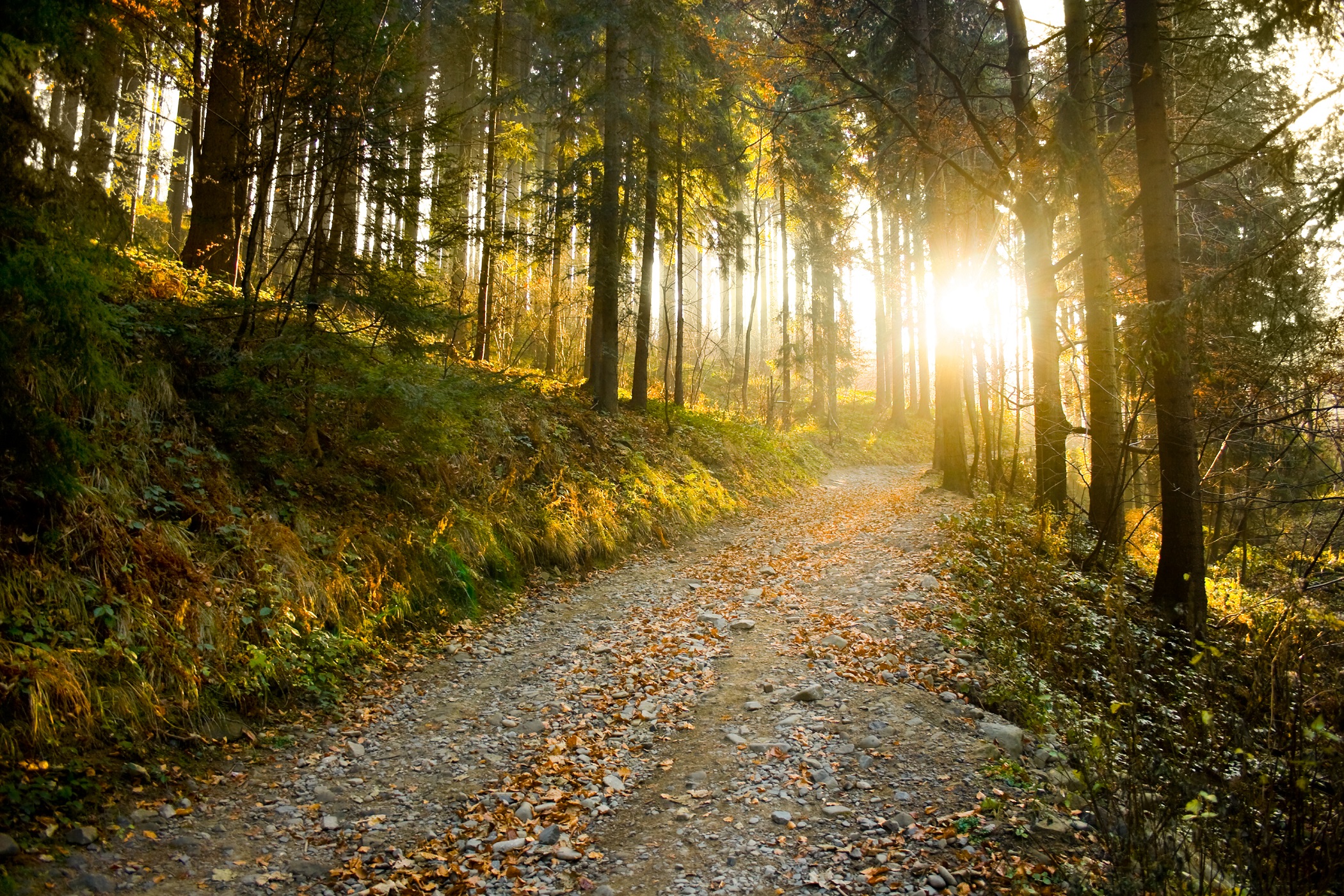You’ve just bought a piece of property in a wilderness area, and your property comes with a trail easement. What does that mean? SmartSign is here to help and to give you the basics on what a trail easement is, what it means for your rights as a property owner, and other common questions we’ve seen. (If you have a specific legal question, please consult your lawyer, because the laws vary between states.) Onward!
What is an easement?
An easement is a perpetual property right that allows other people to use privately-owned land in ways that wouldn’t otherwise be allowed. These easements cannot be unilaterally revoked by the person owning the property. For instance, many properties have utility easements, which allow the phone company, the electric company, or the gas company to run their lines through your property. Similarly, people who live near airports will often have aviation easements, giving planes the legal right to fly very low over private property where ordinarily it wouldn’t be allowed. Usually, the person who benefits from the easement is required to maintain it. No one expects an individual property owner to maintain telephone lines, after all!
What is a trail easement?
A trail easement is a type of easement that allows members of the public to use a piece of private property for recreational purposes. For instant, the Cliff Walk, located adjacent to the great mansions of Newport, Rhode Island, is a trail that is maintained by the government but located on private property. The specific terms of a trail easement will vary. For example, some will limit access to hikers only; others may permit cycling; still yet others will allow access to an entire property for hunting and fishing. This is negotiated at the time the easement is established.
Who’s responsible for maintaining a trail easement?
Usually, the responsibility for maintenance is in the hands of the easement holder. This may be government authorities, a nonprofit, or in some cases, a private entity.
What happens if someone gets hurt while using the trail easement?
Generally, your exposure is limited by the terms of the trail easement itself, or by state law. Every state has a recreational use law which protects landowners from liability when others are using the easement for recreational purposes. You can further protect yourself by posting limitations at the entry point to your property and by using no-trespassing signs to keep people on the trail.
A note: this does not apply if the landholder wilfully creates an unreasonable risk of bodily harm to another, such as by keeping an open pit near the trail or leaving deadly traps where a person might encounter them.
Can I limit trail access to only particular parts of my property?
This will be determined by the terms of the easement itself. If you’re creating a new easement, you’ll negotiate this with the trail manager.
Trail design is a good place to start. Posting warning signs about known hazards, such as wildlife, livestock, or poisonous plants, is a good place to start, because it puts trail users on notice that a hazard is present. It can also help to have an emergency response plan, so that if someone is injured on your property, you can coordinate with the easement holder.
What if a user damages my property?
Generally, the law permits you to sue them for damages in civil court, or to report them to the police. Vandalism, littering, and other kinds of wrongdoing can be prosecuted on your trail the same as if they had vandalized your home.
